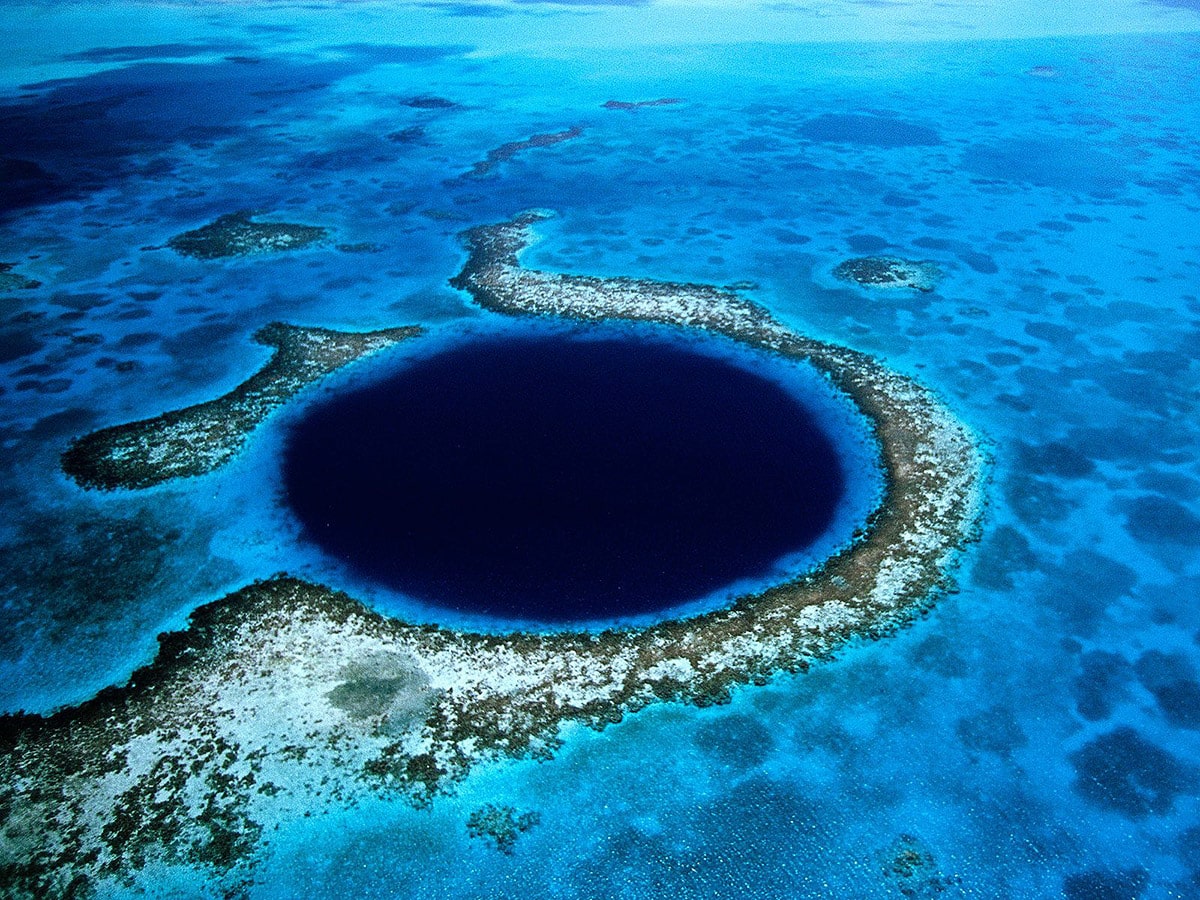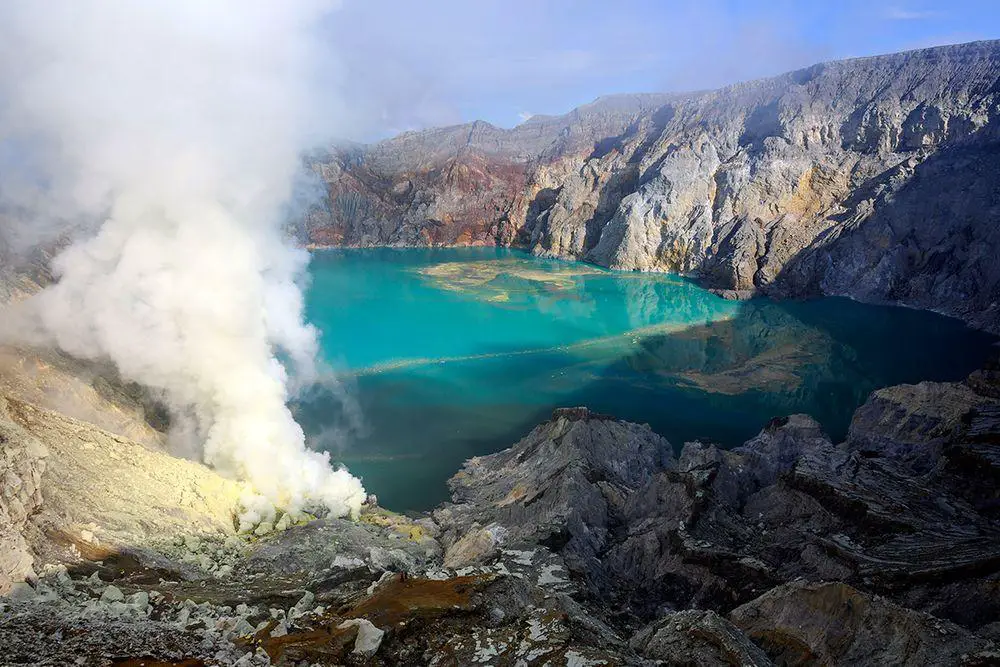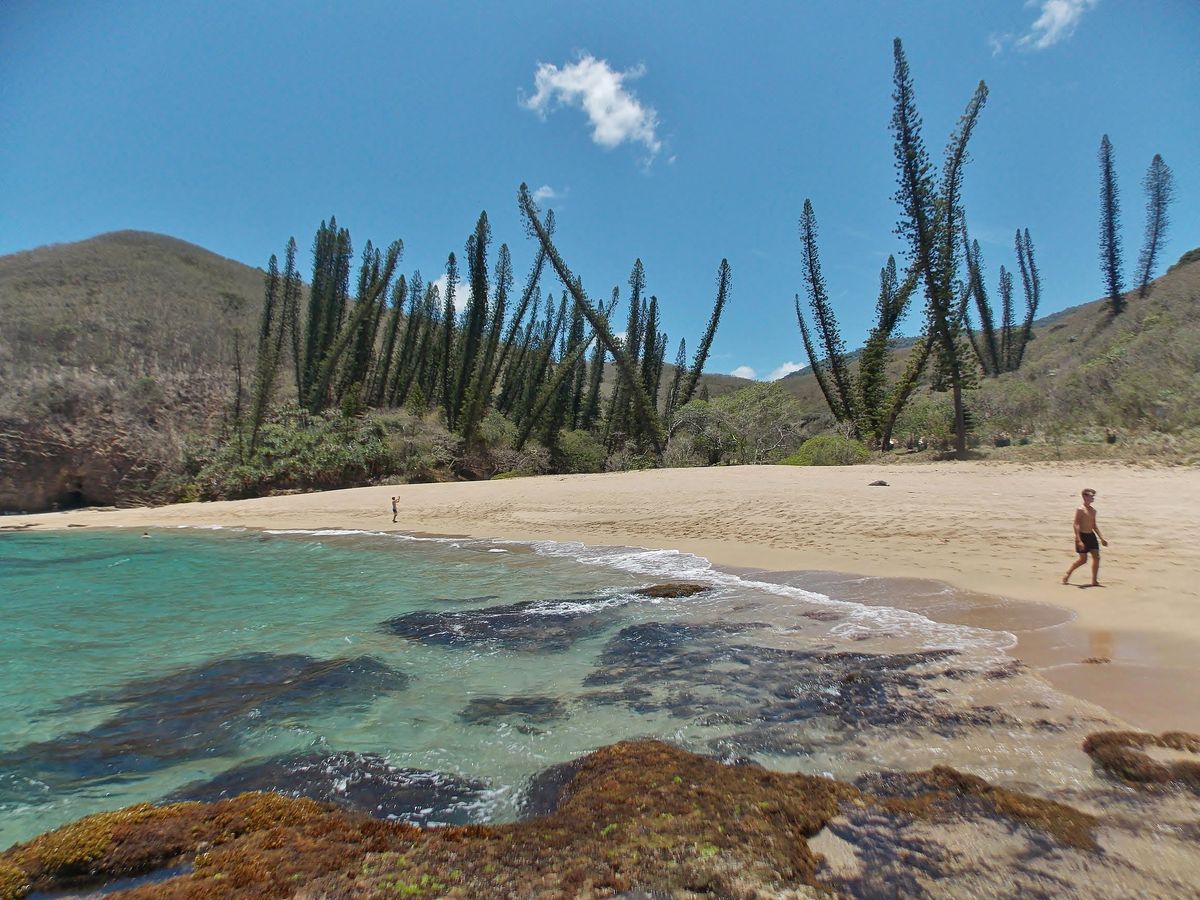World 🢖 Australia and Oceania 🢖 Melanesia 🢖 New Caledonia
Sinkholes 🢔 Caves 🢔 Geological wonders 🢔 Categories of wonders
Wonder
Trou de Bone
 In short
In short
The small island of Maré in fact is an uprised coral atoll. The movement of tectonic plates rose it above the sea level, exposing the Miocene limestone layers to the tropical climate and the incredible force of hurricanes.
 40.8%
40.8%
GPS coordinates
Location, address
Depth
Map of the site
If you see this after your page is loaded completely, leafletJS files are missing.
 In detail
In detail
Rain and groundwater have created countless sinkholes and caves on the surface of the island. In satellite images are seen some 50 sinkholes, but the dense bush and forest hide a lot more.
In earlier times sea level was lower than now – 15,000 years ago it was by 100 m lower. Now the lower part of these sinkholes is submerged.
There is fresh rainwater in these sinkholes – although the deepest parts in some of these unusual lakes are slightly saline. Small (and not so small) creatures live in these lakes and most likely many of these small animals – crustaceans and others – are endemic, found only in these caves – although they still are waiting for their discovery.
Many of these sinkholes (just like the similar cenotes in Mexico) are considered to be sacred and permission from local people should be asked before visiting them.
Trou de Bone is one of the best known sinkholes in Maré Island. The entrance part is some 30 m wide. The sinkhole is approximately 40 m deep, with a lake in it. The roots of large banyan trees reach the water, creating a feeling of a lush tropical garden. The sinkhole has a fine echo effect.
 Linked articles
Linked articles

Sinkholes
This category includes outstanding sinkholes – large natural depressions or holes, which for most the part represent collapsed caves.

Lakes and streams
There are many factors that can make lakes, sea bays, or rivers unusual. Some lakes have unusual chemical properties and even do not contain water at all – such as lava lakes. Others may have unusual animals living in them or… legends about such animals.

Wonders of New Caledonia
New Caledonia does not belong to mainstream tourist destinations but this Pacific island country is a true gem with many unusual landmarks. The most interesting landmarks are unique ecosystems, various karst formations, and some exciting finds of fossils.
 Recommended books
Recommended books
Lonely Planet Vanuatu & New Caledonia
Lonely Planet Vanuatu & New Caledonia is your passport to the most relevant, up-to-date advice on what to see and skip, and what hidden discoveries await you. Stare into the volcanic cauldron of Vanuatu’s Mt Yasur; eat snails by turquoise coves on New Caledonia’s Ile des Pins; or discover the traditional tribal culture.


